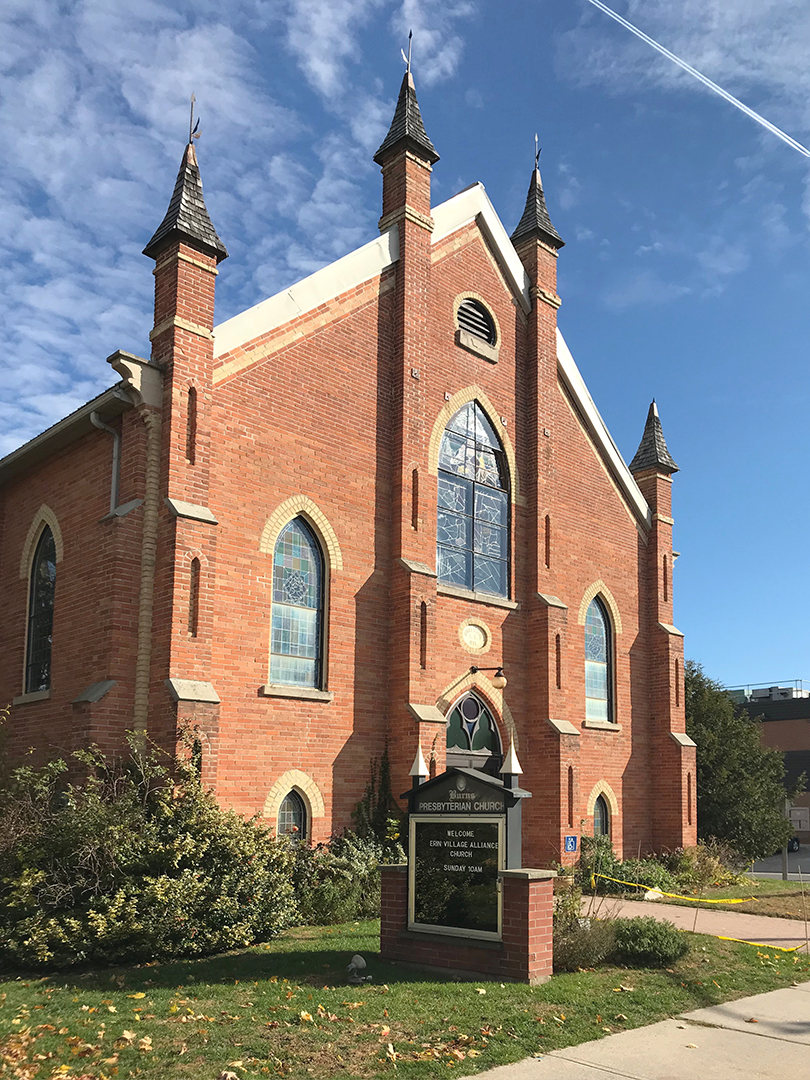ERIN – Town council has given its blessing to a heritage designation for the former Burns Presbyterian Church building, following an evaluation that found it to be of significant value.
A Dec. 3 report by heritage planner Rachel Redshaw of MHBC stated the property had a score of 86.6 on the Heritage Building Evaluation Score Sheet.
A score of at least 70 out of 100 is needed for the highest priority category.
The town’s heritage committee initially received the MHBC report and advised council to state its intention to make the designation.
If there are any objections during a 30-day appeal period, the issue will be referred to a Conservation Review Board, where the town would defend its plan.
The designation is considered “friendly”, since the congregation is in agreement.
The Burns congregation held its last service at the church in June 2018 after 170 years together, including 137 years in that building.
They merged with St. Andrew’s Presbyterian Church in Hillsburgh, and the Erin Village Alliance Church leased the building.
The heritage designation applies only to the exterior features of the building, preventing current or future owners from making substantial changes.
The evaluation rated the building highly in three areas, including physical design, saying it is representative of Gothic revival style, with a “high degree of craftsmanship and artistic merit.”
The building features elaborate two-toned brickwork, four tall pinnacles, angled buttresses with wood shingles, lancet windows and significant stained glass installations.
It also has historical value, contributing to an understanding of Presbyterianism, and having an association with the prominent McMillan family that helped found the village of Erin, and with many other families that had baptisms, marriages and funerals there.
“The church is important in defining, maintaining and supporting the historic character of the downtown core of the Town of Erin and is visually and historically linked to its surroundings,” states the report, highlighting its contextual value. “The church is considered a landmark in the community.”




